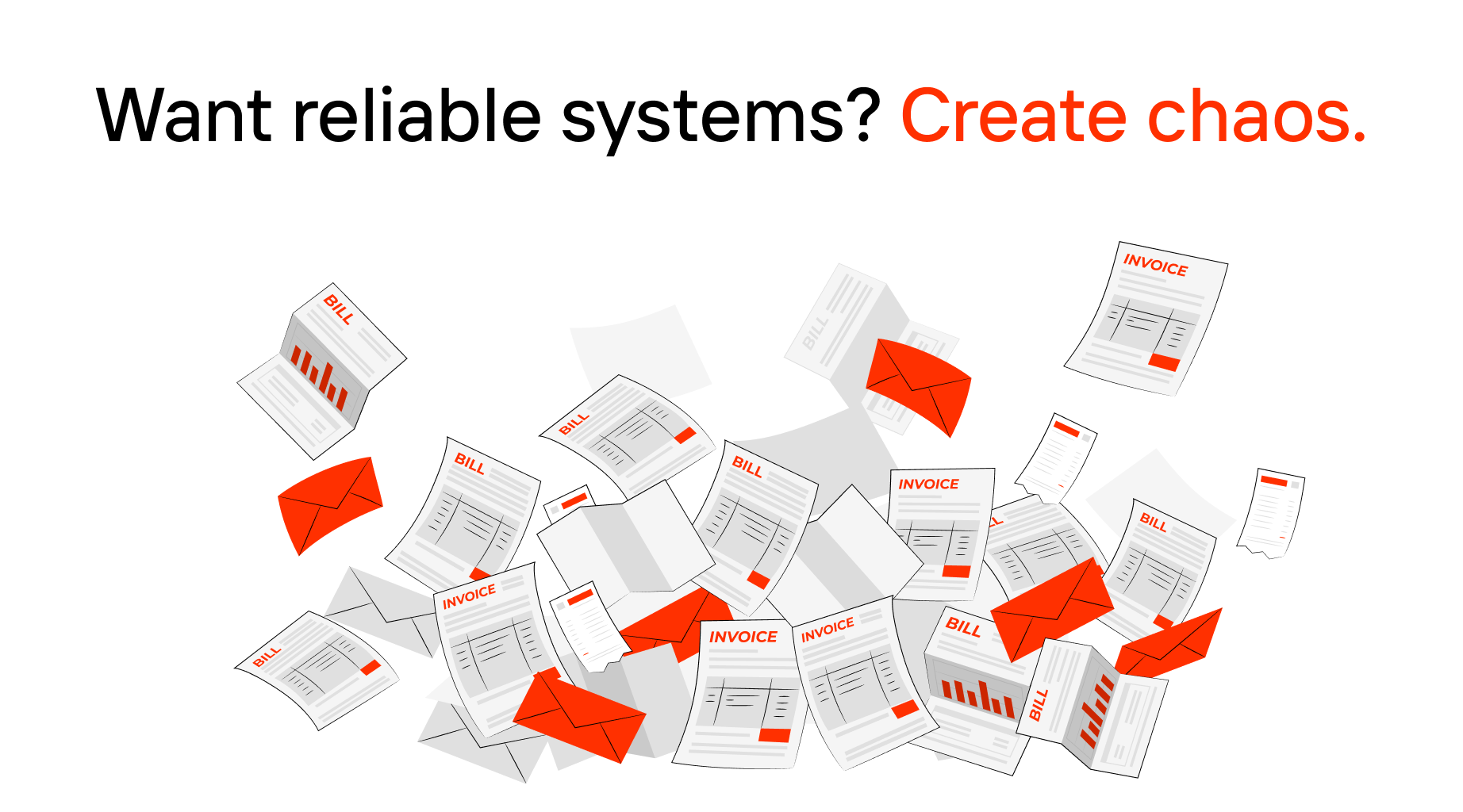Site Reliability Engineers (SREs) are crucial for maintaining the reliability and efficiency of software systems. They work at the intersection of development and operations to solve performance issues and ensure system scalability. This article will detail the SRE roles and responsibilities, offering vital insights into their duties and required skills.
Key Takeaways:
Understanding Site Reliability Engineering (SRE)
Site Reliability Engineering (SRE) was introduced by Google in 2003 to address operations as a software engineering problem. This concept focuses on integrating software engineering techniques into operational processes to create robust and scalable software systems. Embedding these principles helps companies ensure system reliability and minimize disruptions.
Adopting SRE practices provides organizations with improved reliability, efficiency, and collaboration across development and operations teams. However, SRE is not a one-size-fits-all solution and should be tailored to the specific needs and context of an organization.
Key Responsibilities of Site Reliability Engineers
Site Reliability Engineers play a crucial role in maintaining and increasing system reliability by proactively addressing potential issues in DevOps site reliability engineering. A critical aspect of this involves understanding error budgets in SRE, which allows teams to balance innovation and reliability by defining the acceptable level of failure within a system. They ensure systems function correctly, maintain low failure rates, and focus on performance optimization as a Site Reliability Engineer.
Developing Software for Reliability
A key component of the Site Reliability Engineer’s role is integrating reliability principles into the development process. This proactive approach helps organizations meet service level agreements regarding system availability and performance. Leveraging automation tools reduces manual efforts, enabling teams to focus on feature development and innovation.
SRE teams utilize various tools for monitoring, incident management, automation, and configuration to enhance system reliability. Chaos Engineering, for instance, is employed to reveal system vulnerabilities that may not be apparent under normal operations.
Proficiency in CI/CD pipelines is essential for effective deployment processes.
Monitoring and Incident Management
Monitoring plays a crucial role in ensuring system stability and minimizing user disruption. SREs automate processes to enhance system reliability, including managing incident responses. Platforms like PagerDuty and Opsgenie enable SRE teams to manage incidents effectively by providing real-time alerts and on-call scheduling. Additionally, mastering SRE Metrics for System Health such as latency, traffic, errors, and saturation helps teams stay ahead of potential failures. Incorporating an API performance testing tool can further optimize system monitoring and load testing, ensuring scalability across all layers.
Regular chaos experiments facilitate the development of effective incident response strategies by exposing teams to failure scenarios. Implementing rigorous monitoring and incident management strategies helps minimize downtime and ensure reliability.
Capacity Planning and Performance Optimization
Effective capacity planning helps SREs manage resource allocation and ensure scalable operations. Strategic capacity planning prevents over-provisioning and under-utilization of resources. This approach supports the scalability of operations to meet demand.
Performance tuning ensures systems are efficient and responsive under load, closely aligning with capacity planning. SREs monitor and analyze cpu time metrics to identify bottlenecks and optimize resource utilization. They engage in continuous optimization efforts to maintain high availability and system performance.
Essential Skills for Site Reliability Engineers
Successful site reliability engineers require a combination of technical and soft site reliability engineer skills to thrive in their roles. Balancing technical proficiencies with strong interpersonal skills is key to effectively managing systems and responding to incidents.
Technical Skills Required
Proficiency in coding languages such as Python, Go, and Java is critical for Site Reliability Engineers and software engineers. Knowledge of operating systems and monitoring tools is necessary. Familiarity with CI/CD, version control tools, and databases is required. Experience with scripting languages like Python and Bash is crucial.
Additionally, experience with Kubernetes is necessary for managing containerized applications effectively. A solid technical understanding forms the foundation for effective execution in Site Reliability Engineering.
Soft Skills and Collaboration
Essential soft skills for Site Reliability Engineers include:
Ongoing collaboration with various SRE team operations team is crucial for growth and success in SRE roles.
Various tools help SRE teams automate tasks, monitor system health, and enhance collaboration among team members.
SRE vs DevOps: Understanding the Differences
Site Reliability Engineering (SRE) expands on core ideas of DevOps and is closely related to it, bridging the gap between software development and operations. SRE and DevOps both focus on bridging the divide between operations and development teams. Their goal is to deliver software more efficiently by streamlining processes and reducing bottlenecks, as seen in the main essence of DevOps. However, SRE roles are more fluid, allowing movement between responsibilities, while DevOps members tend to specialize in specific roles.
A key benefit of SRE is its role in fostering better collaboration between development and operations, aligning both teams towards common goals. This collaboration helps eliminate silos, promoting a culture of shared responsibility.
Tools and Technologies Used by SRE Teams
Tools and technologies are vital for SRE teams to manage systems effectively and automate processes. Monitoring and automation tools, in particular, play a crucial role in enhancing system reliability and operational efficiency.
Monitoring and Alerting Tools
Proficiency with monitoring tools such as Prometheus and Grafana is important for tracking system performance. Prometheus collects performance metrics, enabling continuous monitoring of system health, while Grafana serves as a visualization tool that integrates with various data sources to create customizable dashboards.
Datadog is another widely used tool providing performance metrics and event monitoring for various IT services. These tools are essential for detecting issues early and maintaining reliable systems.
Automation and Configuration Management Tools
Automation helps control cloud server creation, capacity management, cost control, load balancing, and automated failover. Configuration management tools like Ansible and Terraform manage configurations and automate deployments in SRE environments.
Familiarity with version control systems like Git is crucial for managing code effectively. These tools streamline developing software systems and deployment processes, ensuring reliable software systems.
Incident Response and Management Platforms
Optimizing on-call incident management involves improving processes and utilizing automated monitoring and alerts. Blameless offers incident management tools and SLOs that help SRE teams monitor incident response progress. Integrating with ticketing systems like Jira enhances incident management efficiency.
These tools improve collaboration among SRE teams during outages, leading to faster and more effective incident resolution.
The Role of Chaos Engineering in SRE
Chaos Engineering is used in SRE practices to build confidence in system behavior and test operational readiness. Simulating stress and injecting failures during controlled experiments helps identify system weaknesses.
In large-scale systems, traditional unit and integration testing cannot accurately capture complex behaviors, making Chaos Engineering necessary. Chaos experiments allow teams to observe system behavior under emergent conditions, ultimately enhancing system reliability.
Career Path and Salary Insights for Site Reliability Engineers
The demand for Site Reliability Engineers has surged by 125% over the past year. Entry-level SREs typically start with a salary of $93,000, while those with 1-4 years of experience earn about $104,000 on average. The average salary for SREs in the U.S. is around $122,760 annually.
In high-demand areas like New York City, SREs earn 15% more than the national average. Top-tier Site Reliability Engineers can make over $160,000 annually, especially if they possess specialized skills like Kubernetes and system architecture.
Benefits and Challenges of Being an SRE
Adopting SRE practices results in improved uptime, better user experience, and enhanced scalability. However, the profession also faces challenges such as high demand for skilled professionals paired with a limited supply of qualified candidates.
Summary
The role of an SRE is multifaceted, encompassing software development, incident management, and capacity planning. By understanding the responsibilities, skills, and tools necessary for this role, engineers can effectively contribute to system reliability and performance. Embrace the SRE mindset to drive continuous improvement and innovation in your organization.
Frequently Asked Questions
What is Site Reliability Engineering (SRE)?
Site Reliability Engineering (SRE) is a discipline that combines software engineering with operations to enhance the reliability and scalability of systems. This approach ensures systems are robust and performance-driven, ultimately improving service delivery.
How does SRE differ from DevOps?
SRE prioritizes system reliability and scalability, whereas DevOps emphasizes development speed and continuous delivery. Thus, their core focuses differ significantly despite both aiming to improve the software development process.
What are the key responsibilities of an SRE?
The key responsibilities of a Site Reliability Engineer (SRE) encompass developing reliable software systems, monitoring and managing incidents, and conducting capacity planning and performance optimization. These tasks ensure system reliability and efficiency.
What tools do SRE teams commonly use?
SRE teams commonly utilize Prometheus and Grafana for monitoring, Ansible and Terraform for automation, PFLB for load testing, and Blameless for incident management. These tools facilitate efficient operations and reliable service delivery.
What is Chaos Engineering and its role in SRE?
Chaos Engineering is crucial in Site Reliability Engineering (SRE) as it simulates failures to evaluate system resilience and identify vulnerabilities, ultimately enhancing reliability and performance.






